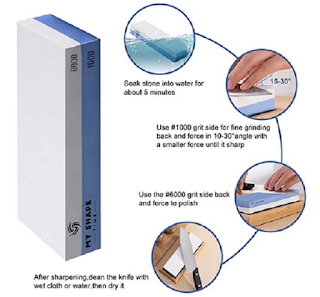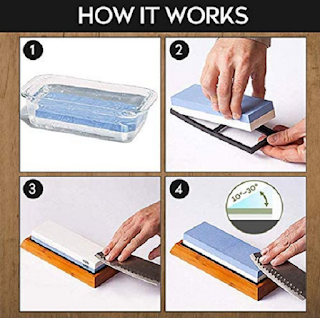What Whetstone is best for kitchen knives?

What is a whetstone? A "whetstone" — at times called a water stone (for Japanese adaptations) — is just another word for "honing stone". "Whet" really signifies "to hone (a knife or other sort of hardware)". It steers clear of water, or being wet. This was confounding to me from the outset. The historical backdrop of whetstone use in Japan is broad. Whetstones were dug and handled for quite a long time, and were fundamental for military purposes (for example sword honing). Because of the chronicled significance of whetstones , the Japanese had the option to foster incredible cutting edge pounding and honing procedures after some time. This practice proceeds with today as Japan continually creates the absolute best hand made kitchen blades on the planet. Which water stone would it be advisable for me to pick? Japanese water stones – both regular and engineered – are known for their boss honing execution, for Japanese inst


